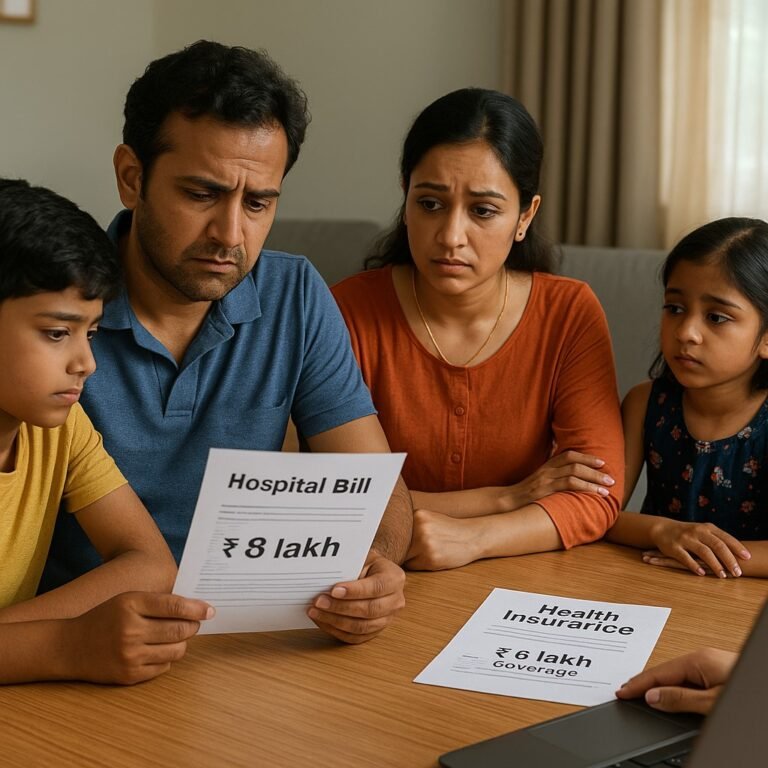
One common complaint in Indian health insurance is: “Why do senior citizens have to pay such high premiums?” In 2025, premiums for a 65-year-old can be 2–3 times higher than for a 35-year-old.
The answer lies in actuarial science—the statistical logic insurers use to price risk. This article explains why premiums rise with age, what IRDAI rules say, and how elderly buyers can still find affordable coverage.
The Actuarial Logic Behind High Premiums
- Higher Risk of Claims
- Senior citizens are more likely to be hospitalized.
- Claim probability rises sharply after age 55.
- Longer Hospital Stays
- Older patients typically require longer admissions, adding to cost.
- Chronic Conditions
- Diabetes, hypertension, arthritis, and heart disease are common.
- These require frequent claims and follow-ups.
- Medical Inflation Impact
- Rising costs of surgeries and advanced treatments directly increase premiums.
Premium Comparison (2025)
| Age Group | Sum Insured (₹5 Lakh) | Average Annual Premium |
|---|---|---|
| 30 years | ₹5,00,000 | ₹8,000–₹10,000 |
| 45 years | ₹5,00,000 | ₹15,000–₹20,000 |
| 60 years | ₹5,00,000 | ₹35,000–₹50,000 |
| 70 years | ₹5,00,000 | ₹55,000–₹75,000 |
IRDAI’s Role in Protecting Seniors
- No Policy Denial Based on Age: Insurers must provide coverage to 65+ citizens.
- Lifetime Renewability: Policies cannot be discontinued just due to age.
- Transparent Pricing: Premiums must be justified with actuarial calculations.
- Standard Health Products: Options like Arogya Sanjeevani offer affordable entry.
Tips for Senior Citizens to Save on Premiums
- Buy Early: Starting at 50 saves more than waiting till 60.
- Choose Higher Deductibles: Opt for top-up or super top-up plans.
- Use Family Floater Wisely: Better for couples, but not if both have chronic issues.
- Leverage Tax Savings: Premiums qualify under Section 80D (₹50,000 deduction).
- Compare Across Insurers: Use Insurance+ to check PED rules and premium caps.
Case Study: Mr. Sharma’s Decision
Mr. Sharma, 62, had a ₹5 lakh policy with ₹48,000 annual premium. Instead of continuing alone, he opted for a ₹3 lakh base policy + ₹10 lakh super top-up. His effective premium dropped by 30%, while coverage increased.
Why This Matters
Premium hikes for seniors are not unfair—they’re based on actuarial logic and higher claim probability. However, with smart planning and IRDAI’s new rules, Indian families can still ensure affordable protection for elderly members.
👉 Next, read: Health Insurance Fraud in India: Common Scams & How to Avoid
👵 Find the Best Senior Citizen Plans
Use Insurance+ to compare senior-friendly health policies, or join eBharat’s Agent Network to help families protect their elders affordably.
🔍 Compare Senior Health Plans











